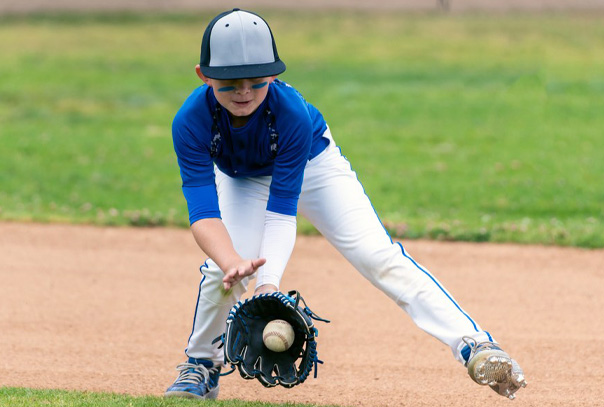 I started my Little League career in 1959 as an eight-year-old playing for a team named the Carpenters. My head coach was a World War II veteran by the name of Rudy Tokiwa. Mr. Tokiwa served in the famous all-Japanese 442nd Division, which fought in Italy. Coach walked with a cane, a steady reminder of the serious wounds he suffered in battle. To be honest, I was terrified of him, although he had a beautiful smile that he would display from time to time.
I started my Little League career in 1959 as an eight-year-old playing for a team named the Carpenters. My head coach was a World War II veteran by the name of Rudy Tokiwa. Mr. Tokiwa served in the famous all-Japanese 442nd Division, which fought in Italy. Coach walked with a cane, a steady reminder of the serious wounds he suffered in battle. To be honest, I was terrified of him, although he had a beautiful smile that he would display from time to time.
To this day I can still recall Coach Tokiwa’s two main demands of us. He emphasized these things every practice and before every game. On offense, taking a called third strike was unacceptable, period. And on defense, we were challenged to always know what to do before each pitch.
Coach Tokiwa taught us to have a pre-pitch plan (PPP) so we knew where to go and what to do—without hesitation—as soon as the ball was put in play. I never forgot those lessons!
One of my main coaching philosophies was centered around eliminating pre-pitch mistakes. I was very demanding in these areas. To steal a football reference, our mission was to eliminate “pre-snap penalties”:
- No offsides or illegal procedure
- Get the proper alignment
- Have the correct number of players on the field
- No delay of game penalties
In baseball, my “pre-snap penalties” would include:
- Being out of position
- Not knowing the count or number of outs
- Being out of the loop when it came to bunt coverages, first and third plays, pitch calling, pickoffs, etc.
We had to have a consistent routine that would allow us to be in tune with everything that we were trying to do.
Part of PPP is the ability to play every pitch at full speed. To do this requires tremendous focus and discipline, along with the ability to see, communicate, and use movement/reaction to your advantage.
Pre-Pitch Awareness
There was a checklist of things that every one of our defenders were required to execute. Here are some of them:
- Score of the game
- Ball/strike count
- Number of outs
- Pitch type and location
- Pickoffs and pitchouts
- Priority play
- Secondary play
- Coverages
- Threat level of a bunt
Pre-Pitch Factors
Several things had to be considered when engaging in PPP. Some of the key factors were:
- Alignment: Being in the right spot in accordance to the situation. This could change during the at-bat.
- Speed of the hitter and baserunners: This was a top priority factor!
- Situations: Whether it was a bunt situation, threat of the steal, and staying ahead of all first and third possibilities.
- Communication rules and etiquette: Who has the bag? Infield back/halfway/double play depth/in?
- Checking the dugout for further instructions.
- Confirmation with teammates: Is everyone on the same page?
Conclusion
I think it is critical that players are taught some of these concepts at a young age. It will always assist them in staying engaged, particularly during critical, late-inning situations. I learned the significance of PPP at an early age from Coach Tokiwa, and I never forgot those lessons. There’s no question they made me a better player and certainly a better coach! I hope this article will help any coach at any level. Good luck!